Home>Ideas and Tips>How To Design A Drought-Tolerant Zen Rock Garden
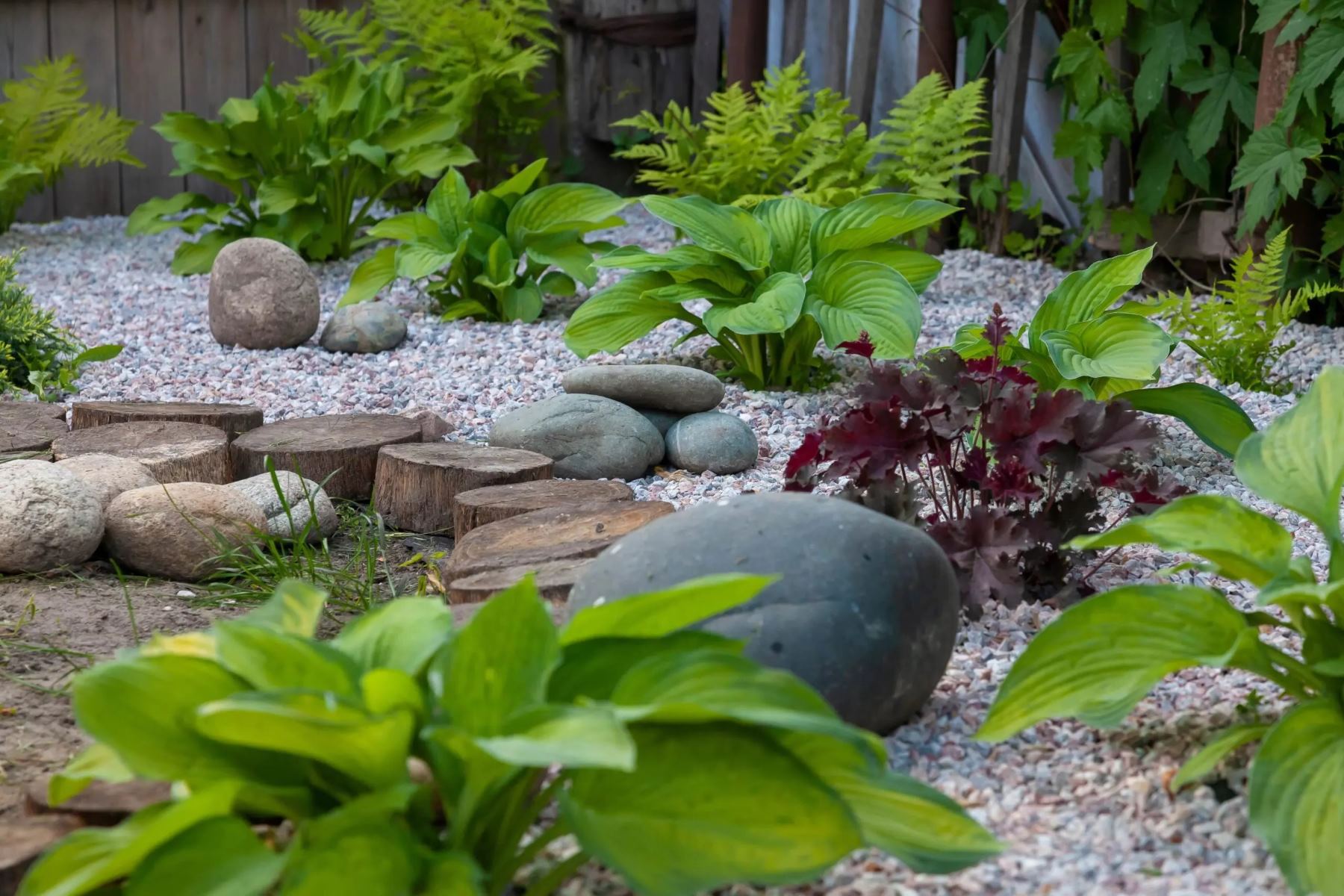

Ideas and Tips
How To Design A Drought-Tolerant Zen Rock Garden
Published: September 21, 2024
Learn how to design a serene, drought-tolerant Zen rock garden with our step-by-step guide. Perfect for low-maintenance and water-saving landscapes.
(Many of the links in this article redirect to a specific reviewed product. Your purchase of these products through affiliate links helps to generate commission for Storables.com, at no extra cost. Learn more)
Creating a Zen rock garden is a thoughtful and rewarding endeavor that can bring tranquility and serenity to your outdoor space. These gardens, inspired by traditional Japanese karesansui (dry landscape gardens), are designed to evoke a sense of calm and simplicity. However, they can also be adapted to thrive in areas with limited water resources, making them an excellent choice for drought-prone regions. In this article, we will guide you through the process of designing a drought-tolerant Zen rock garden, focusing on the principles, materials, and maintenance tips that will help you create a peaceful and low-maintenance outdoor space.
Understanding the Principles of a Zen Rock Garden
Before diving into the design process, it's essential to understand the underlying principles of a Zen rock garden. These gardens are not just aesthetically pleasing; they are also designed to promote mental clarity and spiritual well-being. The key principles include:
- Austerity (Koko): Simplicity and minimalism are core elements of a Zen garden. Avoid clutter and unnecessary elements.
- Simplicity (Kanso): The design should be straightforward and uncomplicated, focusing on natural elements.
- Naturalness (Shinzen): The garden should reflect the natural world, using elements like rocks, gravel, and sand.
- Asymmetry (Fukinsei): Unlike traditional gardens, Zen gardens often feature asymmetrical designs that mimic nature's irregularities.
- Mystery or Subtlety (Yugen): The garden should evoke a sense of mystery and subtlety, encouraging contemplation.
- Magical or Unconventional (Datsuzoku): Incorporate elements that are unconventional but harmonious with the overall design.
- Stillness (Seijaku): The garden should promote stillness and quiet contemplation.
Choosing the Right Site
Selecting the right site for your Zen rock garden is crucial. Here are some tips to consider:
- Location: Choose a spot that receives at least six hours of sunlight a day. This will help your drought-tolerant plants thrive.
- Drainage: Ensure the area drains well to prevent waterlogging, which can be detrimental to the health of your plants.
- Accessibility: While a Zen garden is meant to be a peaceful retreat, it should also be accessible for maintenance. Consider placing it in an area that is easy to reach but not too prominent.
- Size: The size of your garden will depend on the space available and your personal preference. A smaller garden can be just as effective as a larger one, as long as it is well-designed.
Planning Your Layout
Once you have chosen the site, it's time to plan your layout. Here are some steps to follow:
- Sketch Your Design: Use paper or digital tools to sketch out your garden's layout. Consider the size and shape you want, keeping in mind the available space.
- Use Stakes and Flags: Lay out the area with stakes and flags or spray paint to visualize the design better.
- Clear the Area: Clear the area of grass, rocks, and other debris. This will give you a clean slate to work with.
- Cover with Landscape Cloth: Cover the area with landscape cloth to prevent weeds from growing up through the gravel or sand.
Selecting Materials
The materials you choose will play a significant role in creating a harmonious and peaceful Zen rock garden. Here are some essential elements:
- Gravel or Sand: These are the primary components of a Zen garden. Use fine gravel for pathways and coarser gravel or boulders for focal points or borders.
- Rocks and Boulders: Choose rocks and boulders that are different sizes but of the same material to create a cohesive look. Place them in a way that they naturally exist in the space.
- Drought-Tolerant Plants: Select plants that can thrive in hot, dry conditions and require minimal watering and maintenance. Succulents, grasses, herbs, and perennials are excellent choices.
- Pathway Materials: Use darker colored stepping stones or other materials that will contrast with the larger rocks and gravel.
Designing Your Garden
Now that you have your materials and site prepared, it's time to start designing your garden. Here are some tips:
- Keep It Simple: Avoid overloading your garden with too many plants or ornaments. Keep the design simple and balanced.
- Use Symmetry or Asymmetry: Use symmetry, asymmetry, or naturalistic arrangements to create a harmonious space. Asymmetry is often preferred in Zen gardens as it mimics nature's irregularities.
- Incorporate Negative Space: Use negative space or empty areas to enhance the feeling of emptiness and calmness.
- Add a Water Feature (Optional): While traditional Zen gardens do not include water features, modern adaptations can include small ponds or fountains to enhance the calming effect.
Planting Your Garden
Once your design is finalized, it's time to plant your garden. Here are some tips for selecting and planting drought-tolerant plants:
- Choose Drought-Tolerant Plants: Select plants that are known to thrive in hot, dry conditions. Succulents like agave, aloe, and cactus are excellent choices.
- Consider Native Plants: Native plants are often more resilient in local climates and require less maintenance. For example, juniper and kinnikinnick can be used as groundcovers in arid regions.
- Plant Selection: Popular options include succulents, cacti, ornamental grasses, and low-growing perennials like yarrow and sedum.
- Plant Placement: Place plants in a way that they complement the natural elements of the garden. For example, use mosses to suggest land rising from the water and small shrubs to suggest mountains.
Maintaining Your Garden
Despite its austere appearance, a Zen garden requires regular maintenance to look its best. Here are some tips for maintaining your garden:
- Rake Gravel: Regular raking will help keep patterns crisp and the gravel looking fresh.
- Pick Up Leaves: Regularly pick out or rake fallen leaves from the gravel and clean up any loose debris around stones and statuary.
- Weed: Keep gravel and planting areas free of weeds. This will be a more regular task during summer when weeds are more prolific.
- Prune Plants: Keep plants pruned to maintain a neat look. Shrubs can be kept sheared or shaped into topiaries, and dead branches or growth should be removed as needed.
Additional Tips
Here are some additional tips to enhance your Zen rock garden:
- Create a Pathway: A pathway can lead visitors into the garden or be placed through the gravel area to make it more accessible for maintenance.
- Incorporate Symbolic Elements: Incorporate symbolic elements like the crane and turtle, which signify longevity, into your design.
- Add Seating Areas: Create a seating area where you can sit and enjoy the tranquility of your garden. A Buddha statue or pagoda can add a touch of elegance.
Conclusion
Designing a drought-tolerant Zen rock garden is a rewarding project that can bring peace and serenity to your outdoor space. By understanding the principles of a Zen garden, selecting the right materials, and following these tips, you can create a harmonious and low-maintenance garden that reflects your personality and enhances your well-being. Whether you are a seasoned gardener or just starting out, this guide will help you navigate the process of creating a beautiful and peaceful Zen rock garden that thrives in even the driest conditions.
References
- Garden Design: "Zen Garden Ideas: Add Some Zen to Your Landscape"
- Dear Avant Gardener: "Create a Traditional Japanese Dry River Garden With Native Plants"
- Oregon State University Extension Service: "Bring Tranquility to the Landscape by Building Your Own Zen Rock Garden"
- Coohom: "Creating a Zen Garden with Drought-Tolerant Plants and Texture"
- Petworth News: "The Benefits of a Rock Garden (It's Easier to Do Than You May Think)"
Was this page helpful?
At Storables.com, we guarantee accurate and reliable information. Our content, validated by Expert Board Contributors, is crafted following stringent Editorial Policies. We're committed to providing you with well-researched, expert-backed insights for all your informational needs.
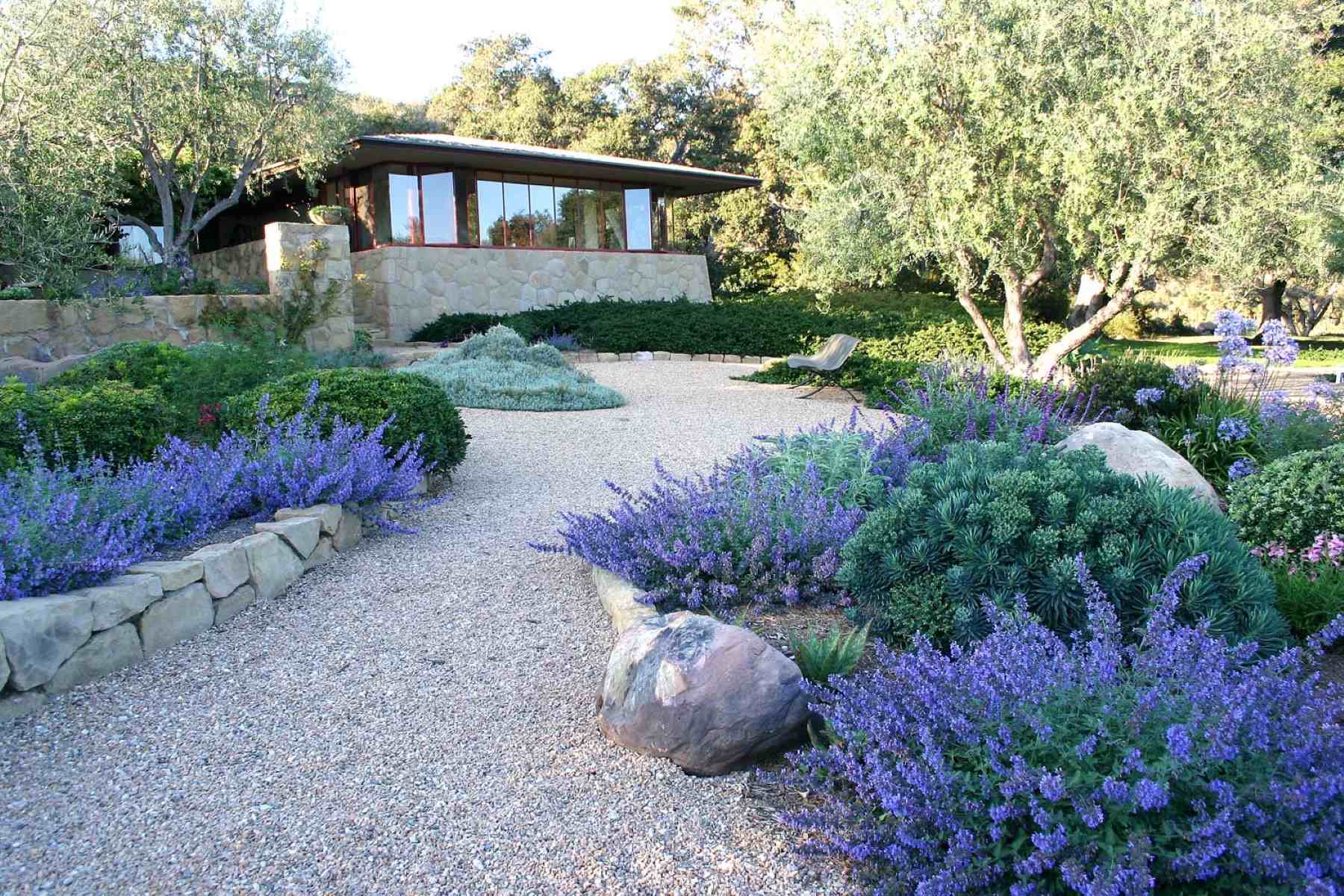
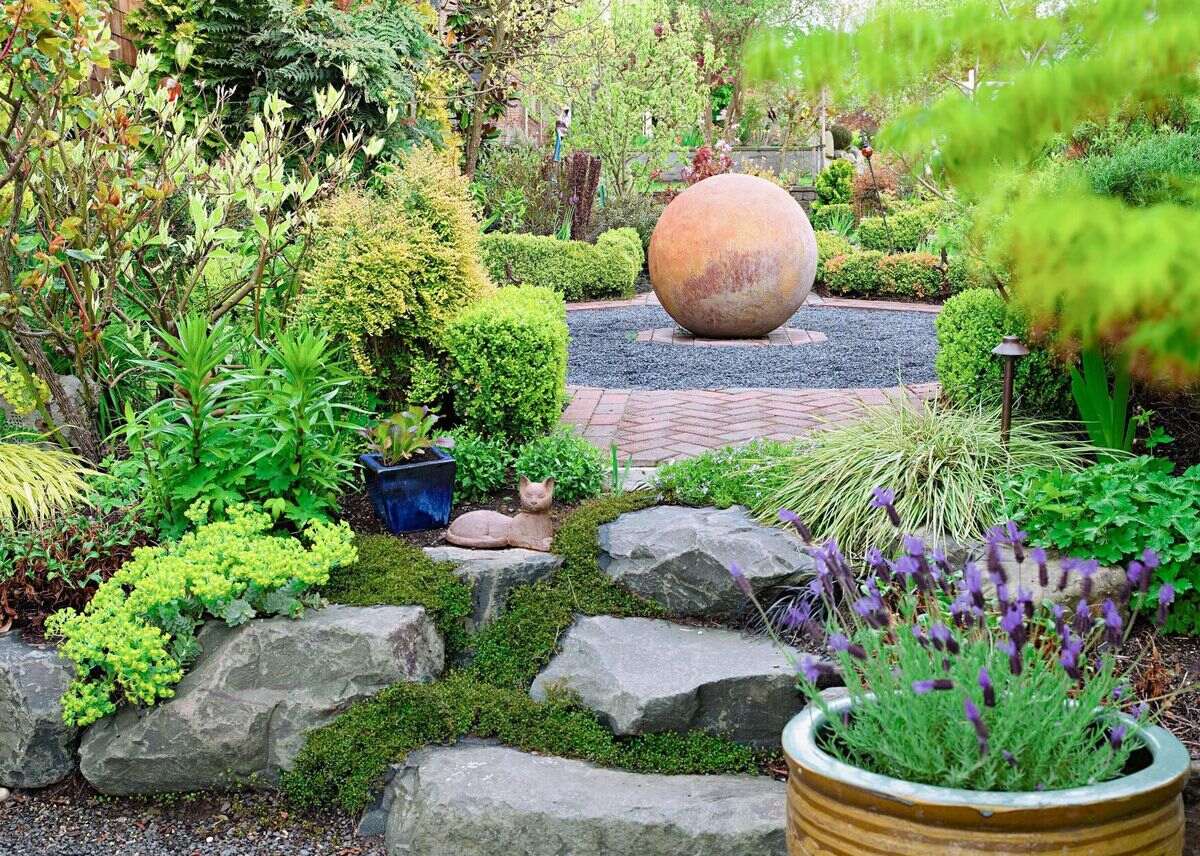
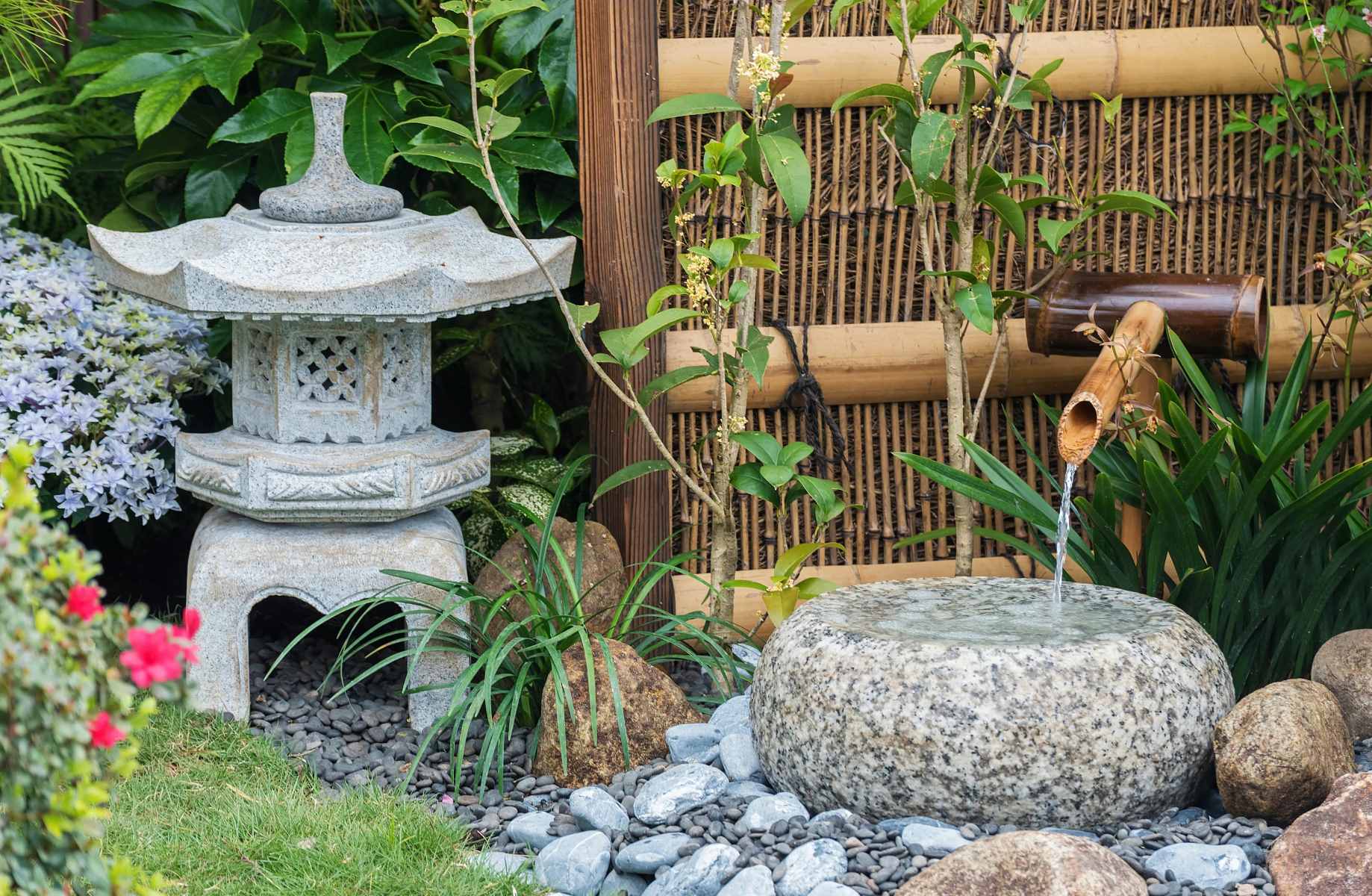
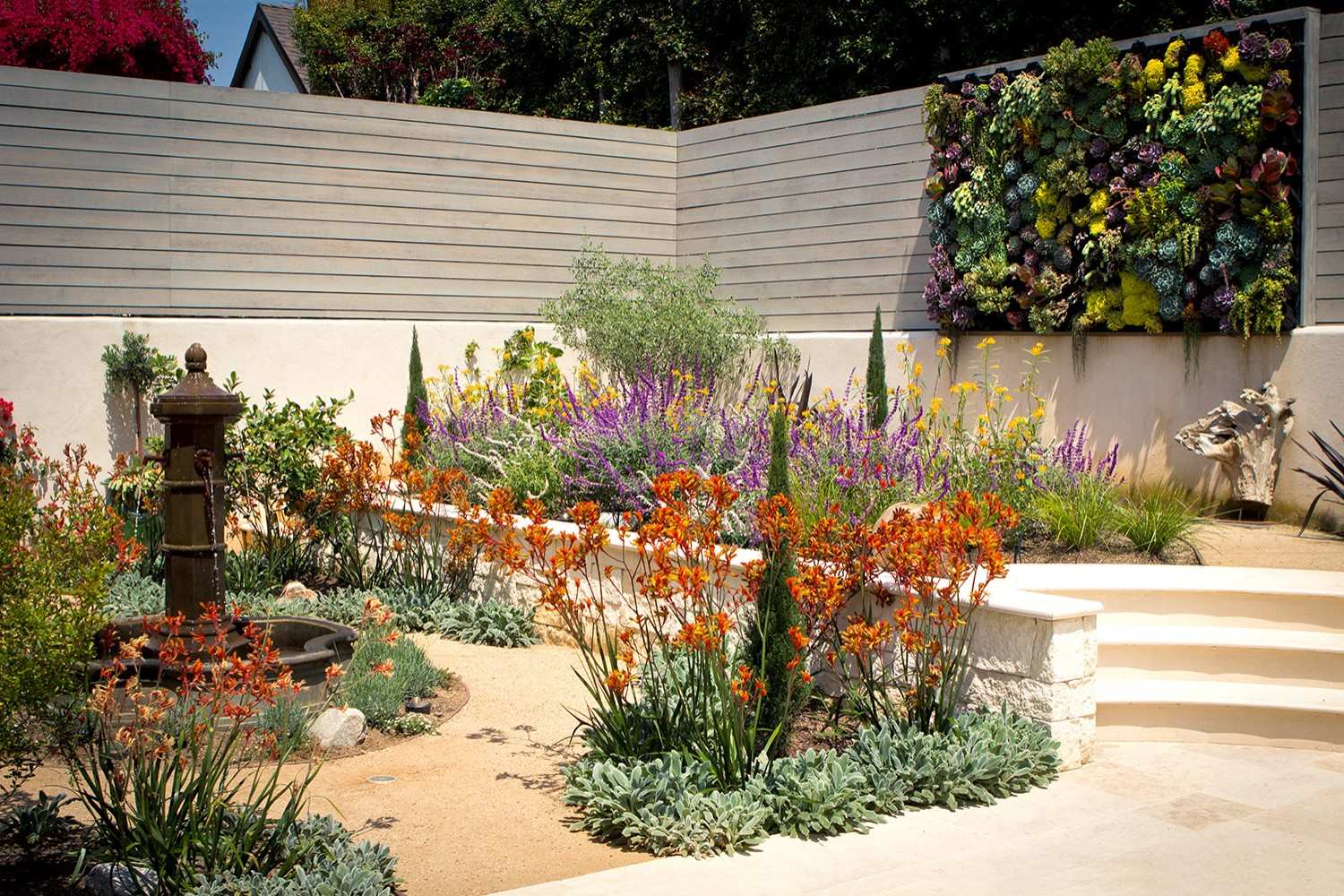
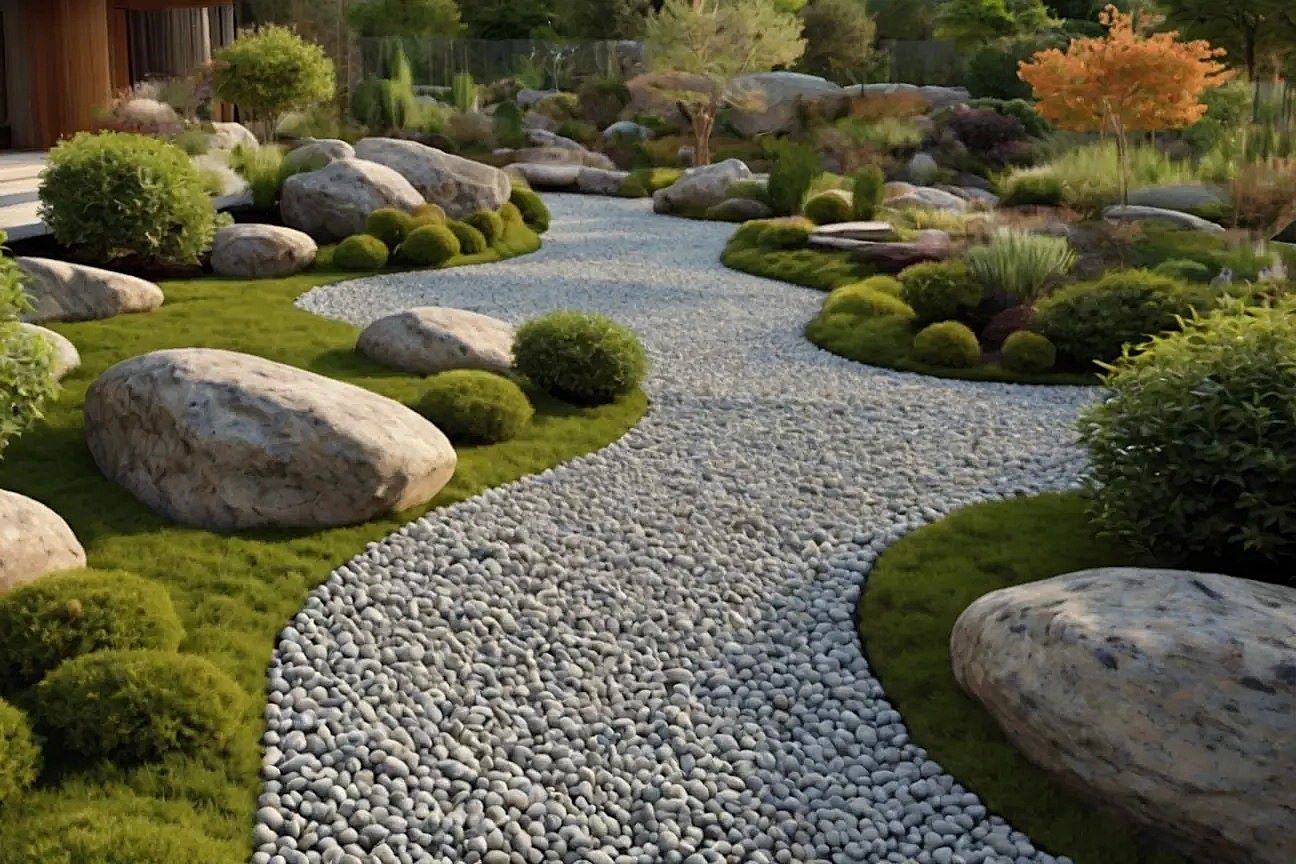
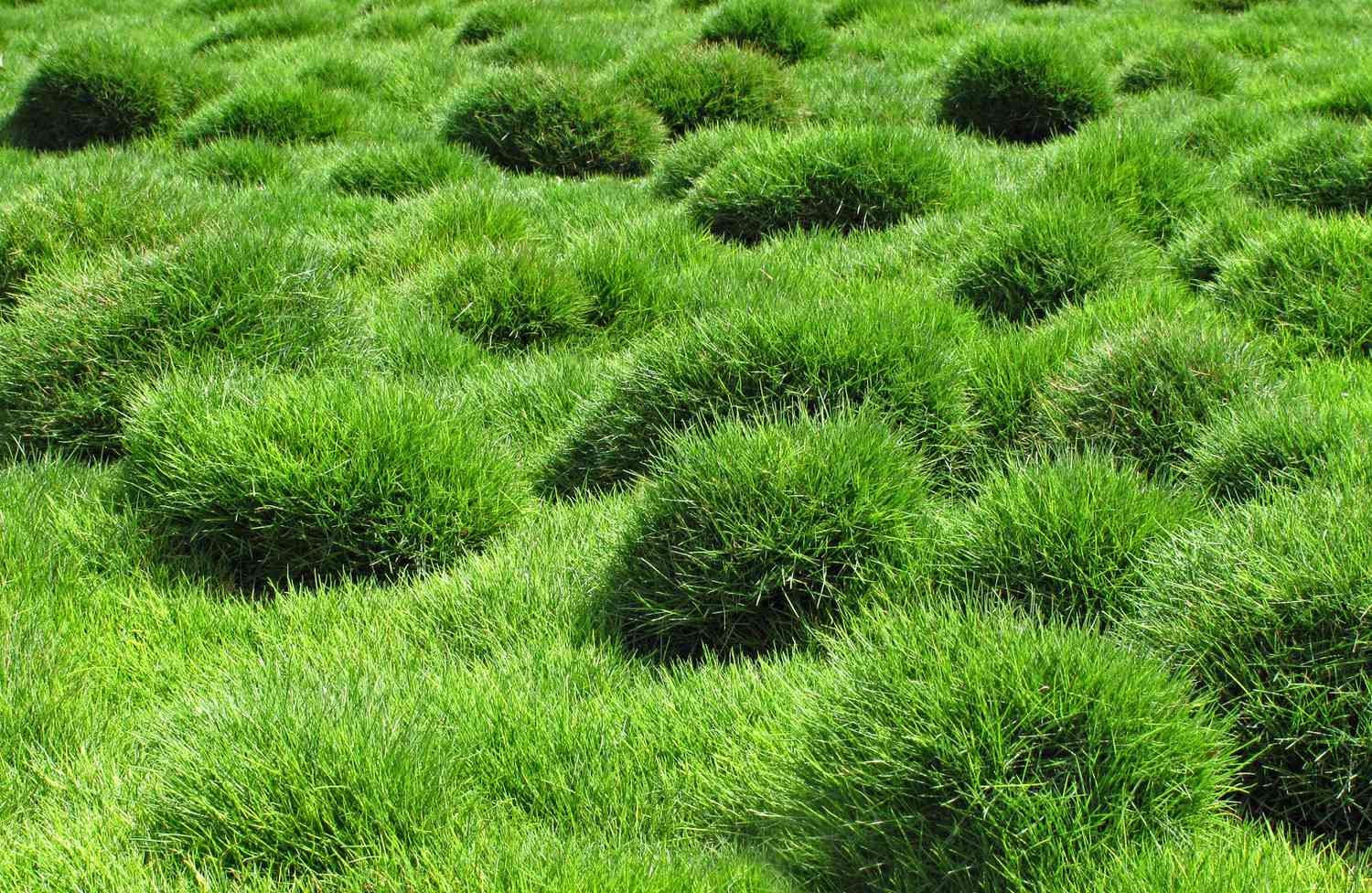
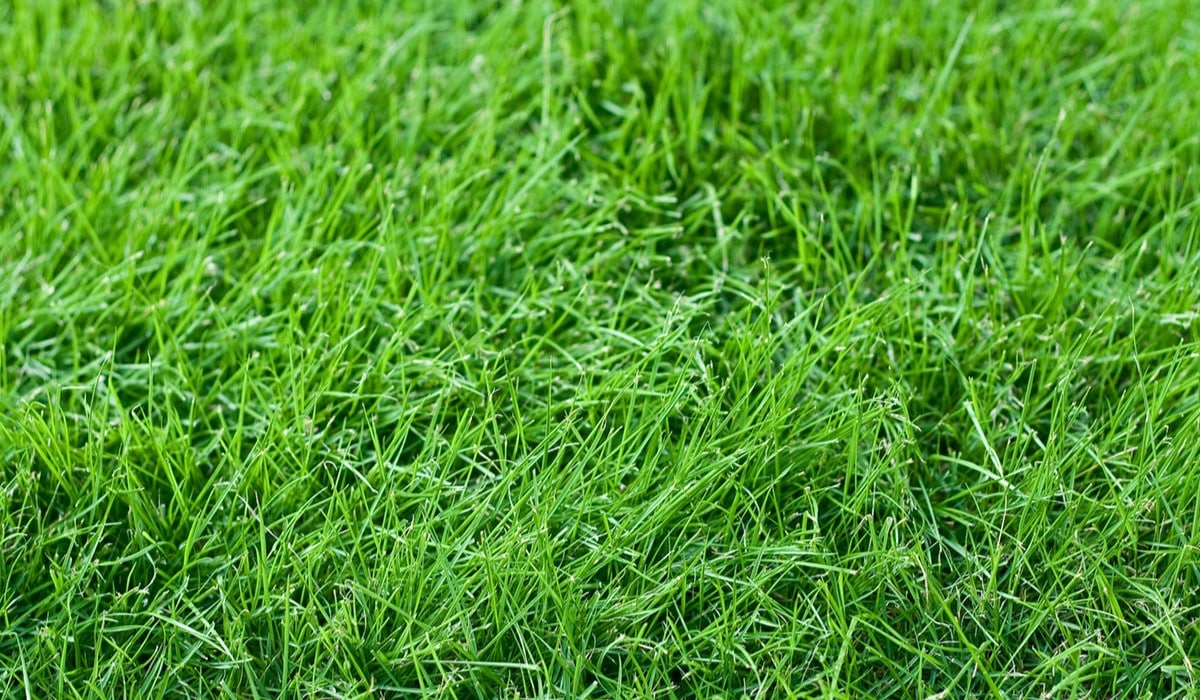
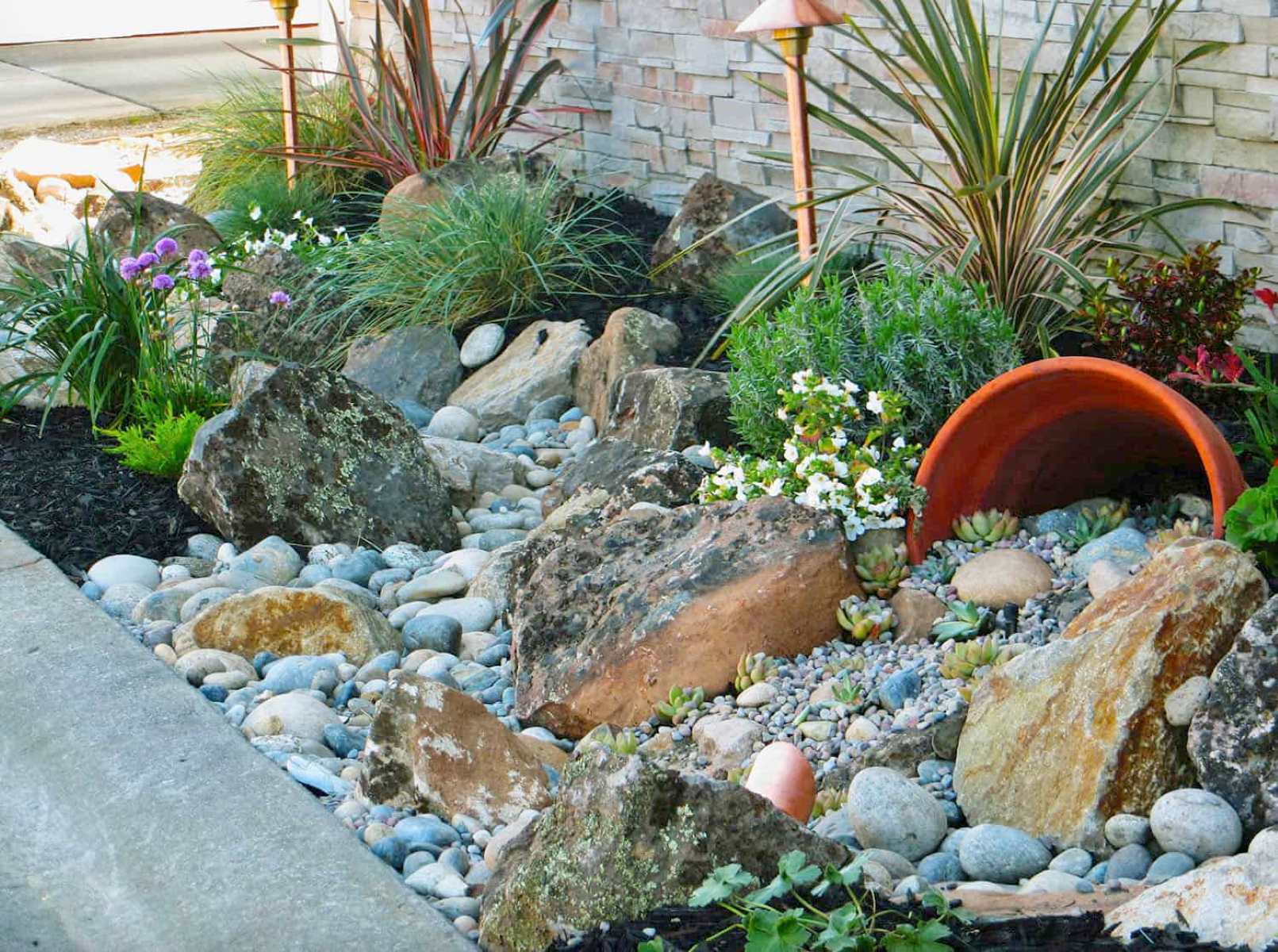
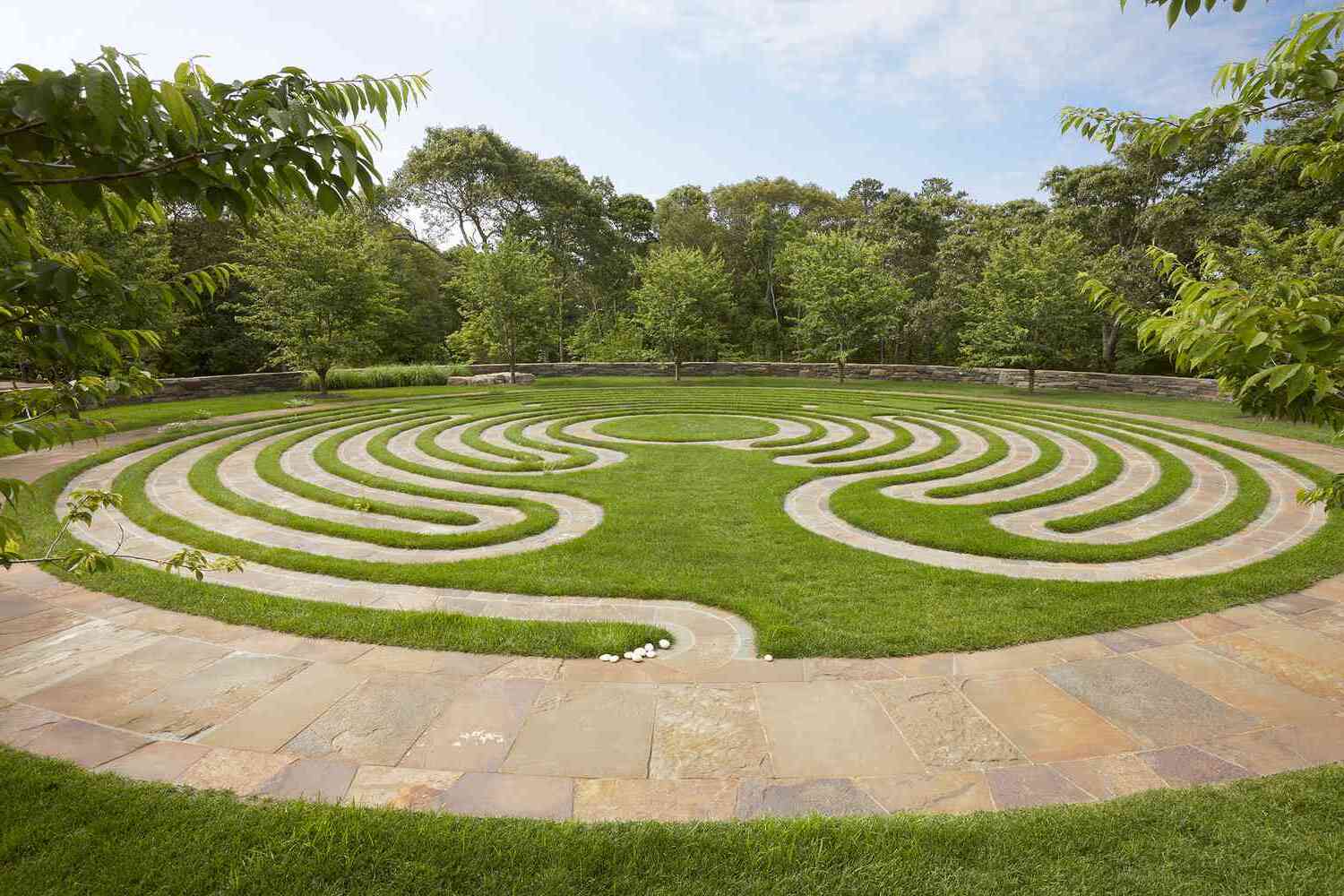
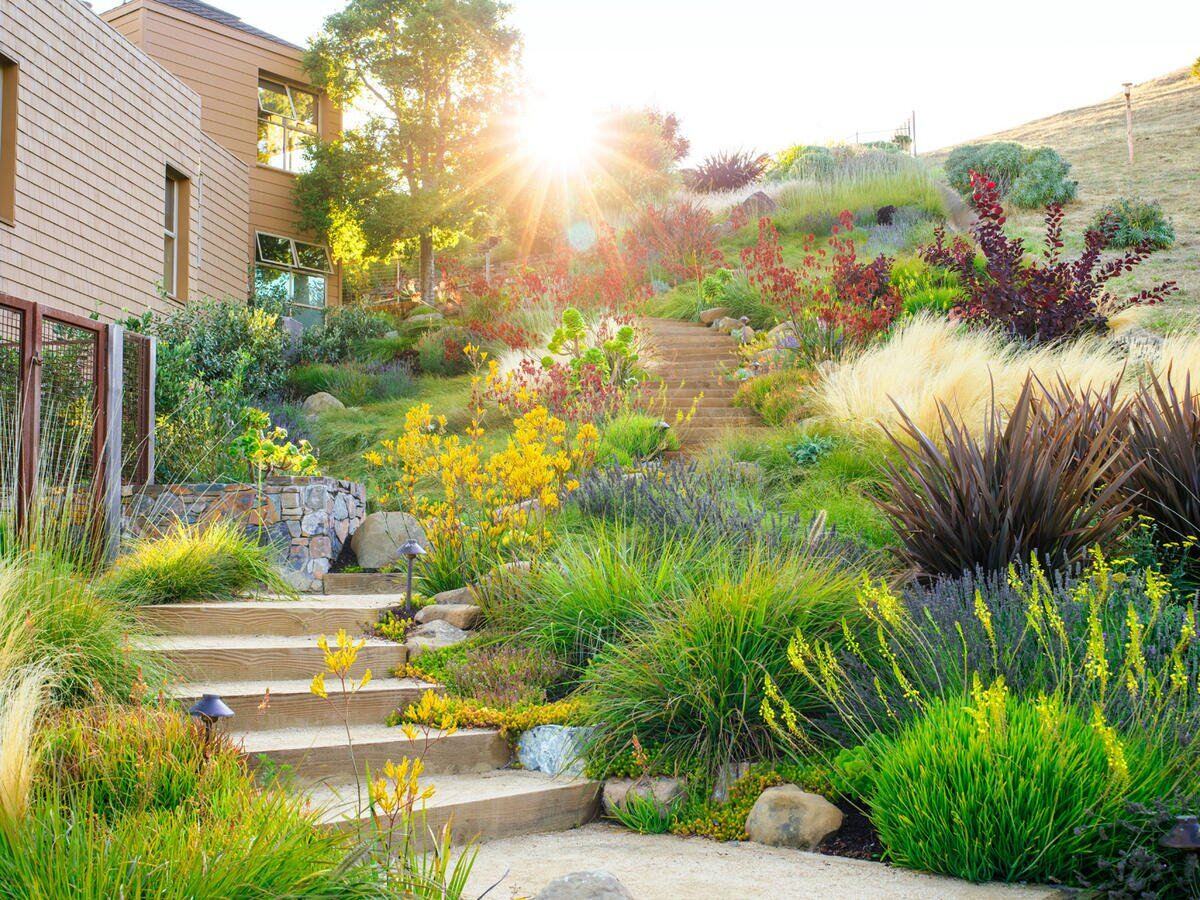
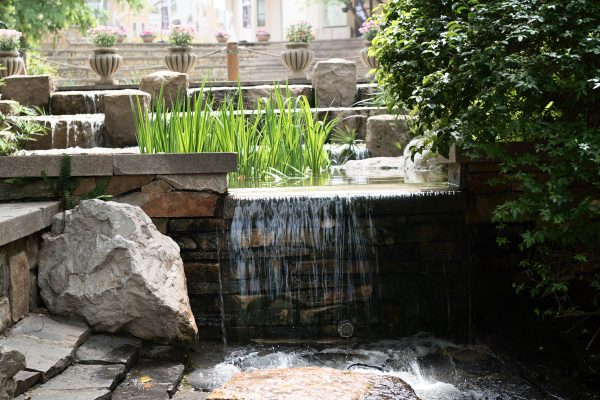



0 thoughts on “How To Design A Drought-Tolerant Zen Rock Garden”